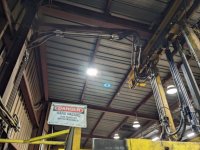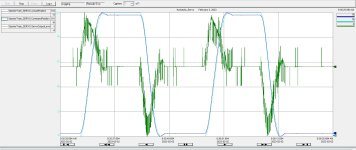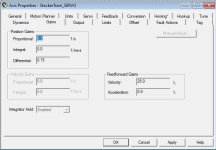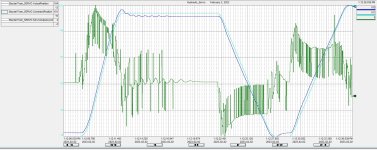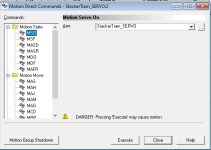I misread the values,
motion group coarse update period is 32ms.
scan times average 500us, though max time was 5111us.
The servo update period is 2000 us.
The valve response time is around 240ms for a zero to 100% response.
I'm assuming that us means microseconds.
The controller is not the slowest thing in the loop by a large margin.
motion group coarse update period is 32ms.
scan times average 500us, though max time was 5111us.
The servo update period is 2000 us.
The valve response time is around 240ms for a zero to 100% response.
I'm assuming that us means microseconds.
The controller is not the slowest thing in the loop by a large margin.




